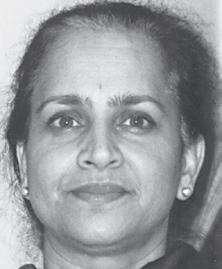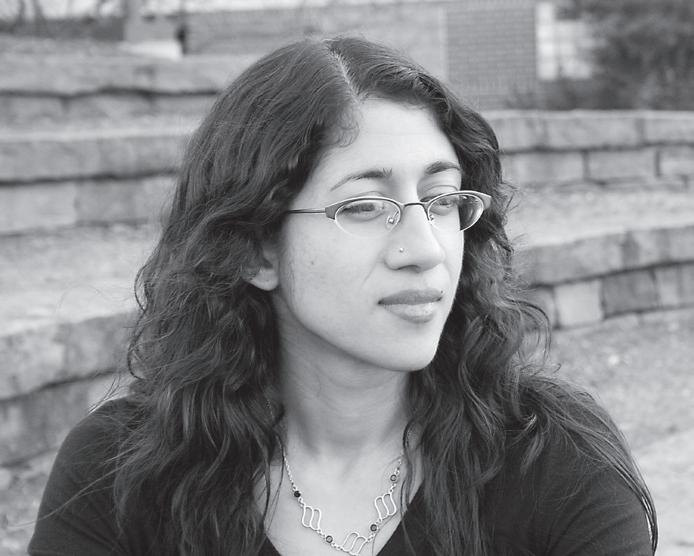
2 minute read
A Tamilian tale
from 2009-08 Melbourne
by Indian Link
Roy in its scope, depth and elegance. This story - a tome - spans more than 80 years and several generations, of a Tamil Brahmin family. At the novel’s heart is Sivakami, a captivating girl-child married at 10 to an astrologer and village healer who is drawn to her despite his knowing and believing in his own horoscope which predicts his early death - depending on how the stars align when his children are born. All is safe when he and his wife have a daughter, but when their second child, a son named Vairum is born, the child bride Sivakami becomes a widow at 18 - with two young children to look after. On becoming a widow, her head is shaved and she wears a widow’s whites according to the rules of her caste. “From dawn to dusk, she is not allowed to contaminate herself with human touch, not even to comfort her small children.” And she dutifully follows custom, except for one defiant act: she moves into her dead husband’s house and village to raise her children. Her servant, Muchami, a closeted gay man who is bound by a very different set of caste rules, becomes her public face. Their strange and unusual relationship, scrupulously formal in its adherence to social norms, holds three generations of the family together.
Taking us deep into the lives of this Tamil Brahmin family from the late nineteenth century to the 1960s, Viswanathan also traces the impact wrought by more than half a century of social and political change on their lives. Her novel was inspired from the moment she asked her grandmother: “Tell me about our family’s history.” The tales told by her grandmother became the foundations of Viswanathan’s debut novel, although she also visited India on a research trip and then reinvented the family stories as fiction.
Walk; Gita Hariharan’s Thousand Faces of Night and others; and Brinda Charry’s The Hottest Day of the Year. However, what Padma Viswanathan does with her subject is considerably more: she is not only a great story teller; her lilting prose and her skilful recreation of a bygone era in rich and intimate detail, (with no moralising or taking sides) brings to life a whole different epoch and culture, profoundly exotic to many. Yet in the final analysis, the family is utterly recognizable to us all: it is the universal theme of a group of related individuals in the midst of momentous social upheaval.

Tales of Tamil Brahmins are not new: some of the earliest IWE, such as RK Narayan’s novels, centre around this sect. In more recent times there have been Anita Rao Badami’s novel Hero’s
In the way Viswanathan writes about Tamil Brahmin life, there is a resonance of Arundhati Roy’s Syrian Christian household in Kerala and Jhumpa Lahiri’s Bengali family in the US and India. This is a riveting yarn whichever way you look at it – and unputdownable in every sense of the term.
Viswanathan studied in the Universities of Alberta, John Hopkins and Arizona, and her short stories have appeared in several publications. She lives in Fayetteville, Arkansas, with her husband, the poet/ translator Geoffrey Brock, and their two children.










